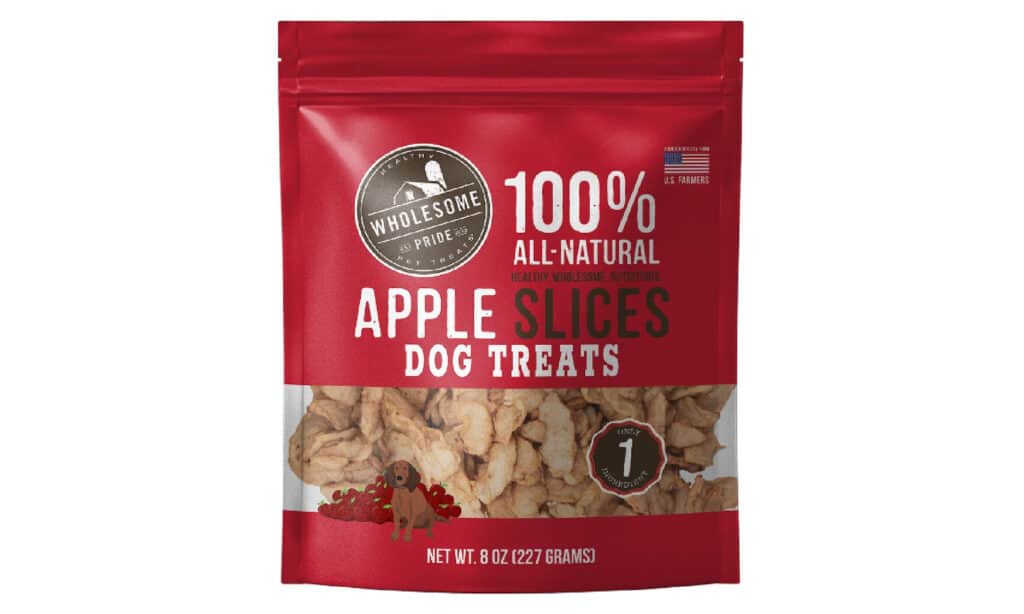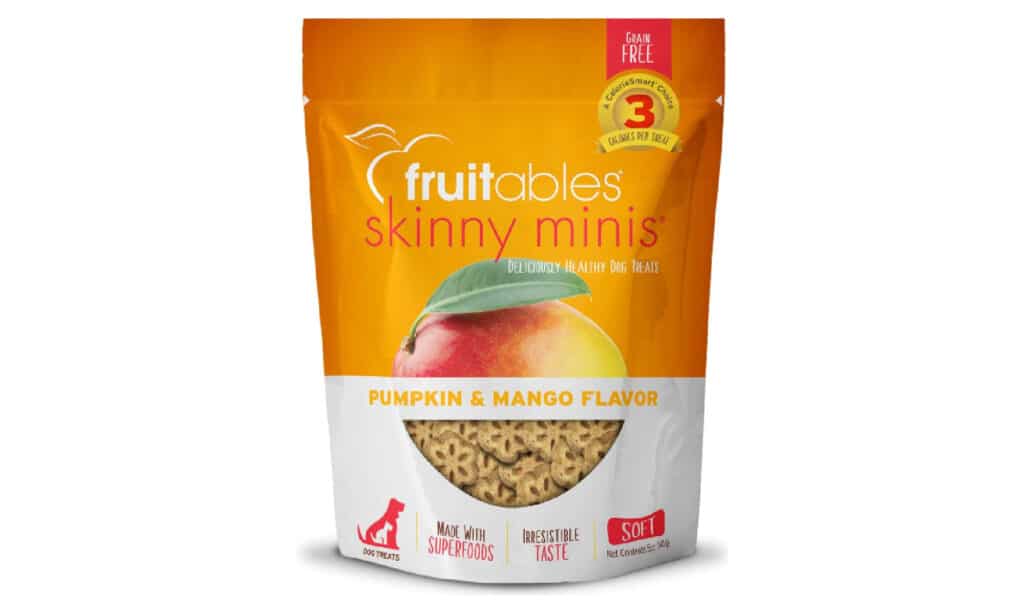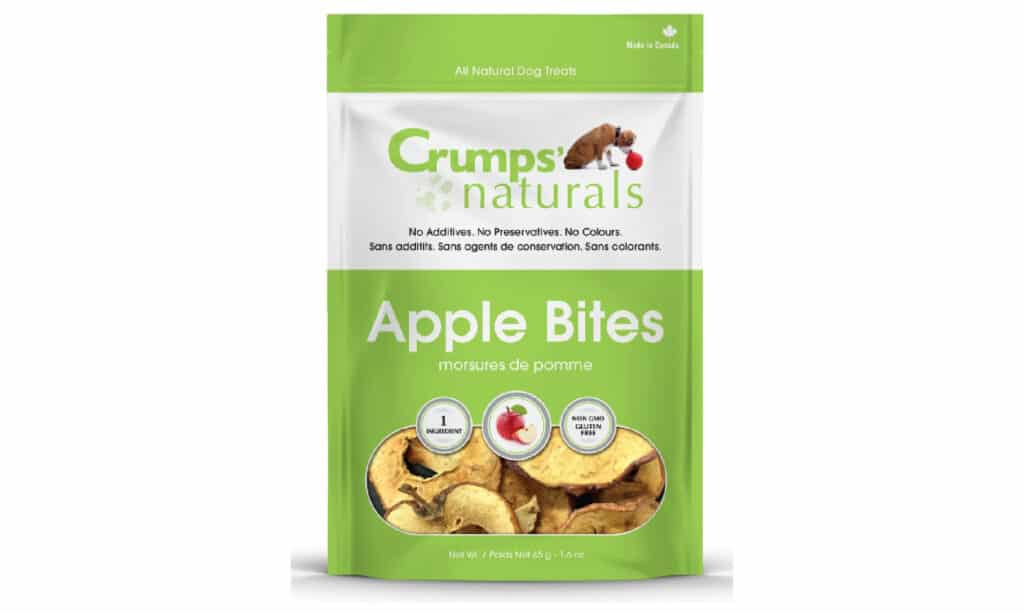As a dog owner, you want to make sure your furry friend is getting all the nutrients they need to stay healthy and happy. One question that may come to mind is whether or not dogs can eat napa cabbage. While it may be a delicious and healthy addition to your own diet, it’s important to know if it’s safe for your pup to consume. In this blog post, we’ll explore the nutritional benefits of napa cabbage and whether or not it’s a good idea to share this leafy green with your four-legged friend. So, if you’re curious about feeding napa cabbage to your dog, keep reading!
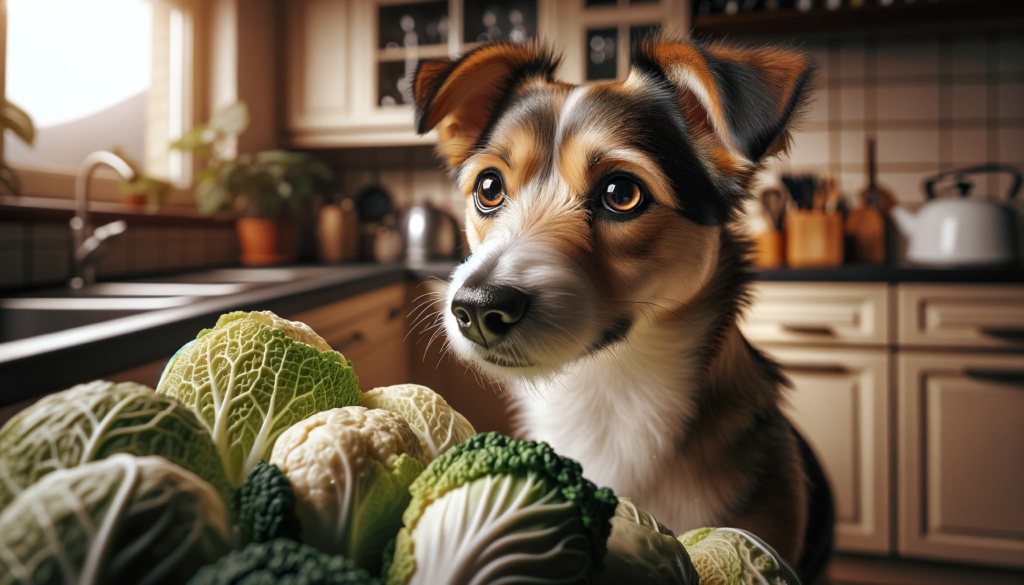
What Is Napa Cabbage?
Napa cabbage, also called Chinese cabbage or celery cabbage, is a leafy veggie that’s commonly used in Asian cooking. You may have spotted it at the market, with its oblong shape and pale green color, and its leaves are a tad more delicate than regular green cabbage. People describe its flavor as mildly sweet, with hints of both lettuce and cabbage.
This leafy green isn’t just yummy; it’s also packed with nutrients. Napa cabbage is a rich source of vitamins C, K, and folate, as well as other essential vitamins and minerals. Plus, it’s low in calories, making it a go-to for those who are health-conscious.
Since napa cabbage is a popular ingredient in Asian cuisine, it’s typically available at Asian markets and grocery stores. You can use it in a ton of dishes, from salads to soups to stir-fries to kimchi.
Now that we’ve covered what napa cabbage is and its nutritional benefits, let’s move on to the question at hand: is it safe for dogs to eat? We’ll explore that in the following section.
Can Dogs Have Napa Cabbage?
As a dog owner, you might be curious if it’s safe to share your napa cabbage with your furry friend. The good news is that napa cabbage is not toxic to dogs and can be included in their diet in moderation.
Napa cabbage can provide some nutritional benefits for dogs. It’s a good source of fiber, vitamin C, and vitamin K, which can all support your dog’s digestive and immune systems. However, it’s important to keep in mind that napa cabbage should not be a substitute for a balanced diet that meets all of your dog’s nutritional needs.
When introducing napa cabbage to your dog’s diet, start with small amounts to see how they react. Some dogs may experience digestive upset or gas if they eat too much cabbage, so it’s best to err on the side of caution. Also, make sure to wash the cabbage thoroughly before giving it to your dog to remove any dirt or pesticides that may be on the leaves.
Lastly, if your dog has a history of digestive issues or any other health concerns, it’s always best to consult with your veterinarian before making any significant changes to their diet.
In conclusion, while napa cabbage can be a healthy addition to your dog’s diet in moderation, it’s important to introduce it slowly and keep an eye on how your dog reacts to it. With proper precautions, you can safely share some of your napa cabbage with your furry friend.
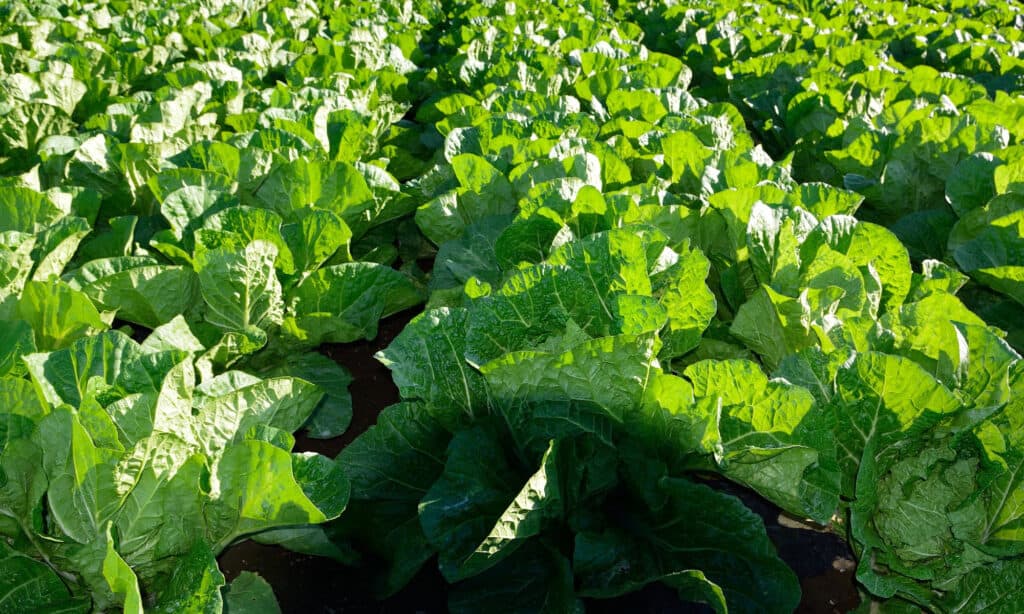
Harmful Ingredients in Napa Cabbage:
While napa cabbage is generally safe for dogs to consume in moderation, there are a few things to keep in mind. Like other members of the Brassica family, napa cabbage contains compounds called glucosinolates, which can affect thyroid function if consumed in large amounts over a prolonged period of time. However, the amount of glucosinolates in napa cabbage is relatively low, and it would take a significant amount to cause any problems.
Additionally, like with any type of cabbage or leafy green, napa cabbage can sometimes be contaminated with bacteria, such as E. coli or Salmonella, which can cause digestive upset and other health problems in dogs. Therefore, it’s important to thoroughly wash any cabbage before feeding it to your dog and ensure it’s fresh and free of any signs of spoilage.
Finally, some dogs may have an allergic reaction to napa cabbage or other types of cabbage. Signs of an allergic reaction can include itching, hives, vomiting, diarrhea, or difficulty breathing. If your dog has a history of food allergies or shows any of these symptoms after eating napa cabbage, it’s best to avoid feeding it to them in the future and consult with your veterinarian for further advice.
Overall, napa cabbage is a safe and nutritious vegetable for dogs when fed in moderation and prepared properly. However, as with any new food or ingredient, it’s always a good idea to introduce it slowly and monitor your dog’s reaction to it. If you have any concerns or questions about feeding napa cabbage to your dog, don’t hesitate to speak with your veterinarian.
Safe Ingredients in Napa Cabbage:
Napa cabbage is a safe and nutritious vegetable for dogs when fed in moderation and prepared properly. It’s a good source of fiber, vitamins, and minerals that can support your dog’s overall health and well-being.
Napa cabbage is low in calories and fat, making it a great addition to your dog’s diet if they need to lose weight or maintain a healthy weight. It’s also a good source of vitamin C, which can help boost your dog’s immune system and protect against illness and disease.
Moreover, napa cabbage is a good source of vitamin K, which is essential for blood clotting and bone health. It can also provide your dog with some antioxidants, which can help protect against cell damage and reduce the risk of chronic diseases like cancer and heart disease.
Overall, napa cabbage is a safe and nutritious vegetable that can be included in your dog’s diet in moderation. Just be sure to wash it thoroughly, prepare it properly, and introduce it slowly to avoid any digestive upset or other adverse reactions. If you have any concerns or questions about feeding napa cabbage to your dog, it’s always best to consult with your veterinarian.
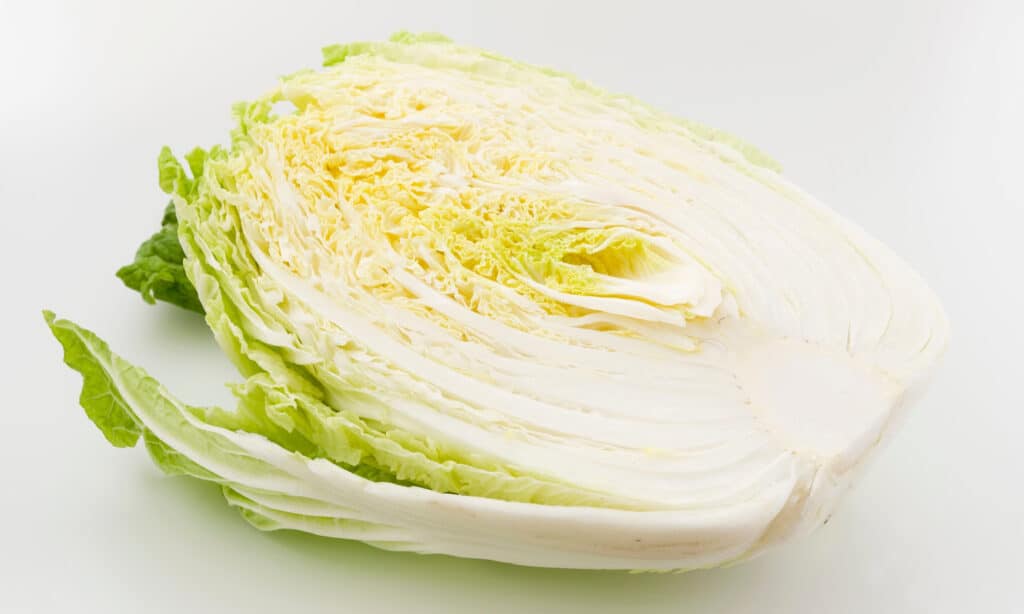
What Signs To Watch For If Your Dog Accidentally Ate A Lot of Napa Cabbage?
If your dog accidentally eats a large amount of napa cabbage, there are a few signs that you should watch for:
- Digestive upset: Dogs that eat too much cabbage may experience symptoms such as vomiting, diarrhea, or gas. These symptoms may be mild or severe, depending on how much cabbage your dog consumed.
- Abdominal discomfort: Your dog may experience discomfort or pain in their stomach after eating too much cabbage. This can manifest as restlessness, pacing, or whining.
- Decreased appetite: If your dog has eaten a large amount of cabbage, they may lose interest in their regular food or treats.
- Lethargy: Eating too much cabbage can also make your dog feel tired or lethargic.
If your dog exhibits any of these symptoms after eating a large amount of cabbage, it’s best to contact your veterinarian for advice. Depending on the severity of the symptoms, your veterinarian may recommend monitoring your dog at home, bringing them in for an exam, or providing treatment to alleviate their discomfort. In some cases, your dog may need to be hospitalized for observation and supportive care.
When or If You Should Go To The Vet?
If your dog has accidentally eaten a large amount of napa cabbage and is showing signs of discomfort or digestive upset, it’s important to monitor them closely and contact your veterinarian for advice.
Depending on the severity of the symptoms and your dog’s overall health, your veterinarian may recommend bringing them in for an exam or providing treatment to alleviate their discomfort. In some cases, your dog may need to be hospitalized for observation and supportive care, especially if they are showing signs of severe vomiting or diarrhea, dehydration, or other serious symptoms.
You should go to the vet if your dog is exhibiting any of the following symptoms after eating a large amount of napa cabbage:
- Persistent vomiting or diarrhea that lasts for more than 24 hours
- Blood in the vomit or diarrhea
- Loss of appetite or refusal to eat for more than 24 hours
- Lethargy or weakness that persists for more than 24 hours
- Signs of dehydration, such as excessive thirst, dry gums, or sunken eyes
Additionally, if your dog has a history of health problems or is on any medications, it’s important to inform your veterinarian of the situation so they can provide the best possible care.
In general, it’s always better to err on the side of caution and seek veterinary advice if you have any concerns about your dog’s health or well-being.

Safe Dog-Friendly Alternative to Napa Cabbage:
If you’re looking for a dog-friendly alternative to napa cabbage, there are plenty of other vegetables that you can offer your furry friend. Some safe options include:
- Green beans: Green beans are a low-calorie, high-fiber vegetable that’s safe for dogs to eat. They’re also a good source of vitamins and minerals.
- Carrots: Carrots are another healthy vegetable that dogs can enjoy. They’re a good source of fiber, vitamin A, and beta-carotene, which can help support your dog’s immune system and eye health.
- Broccoli: Broccoli is a cruciferous vegetable that’s packed with nutrients like vitamins C and K, fiber, and antioxidants. However, like napa cabbage, it should be fed to dogs in moderation due to its potential to affect thyroid function.
- Sweet potatoes: Sweet potatoes are a tasty and nutritious vegetable that dogs can enjoy. They’re a good source of fiber, vitamin A, and potassium, and can help support digestive and immune health.
- Zucchini: Zucchini is a low-calorie vegetable that’s rich in vitamins and minerals like vitamin C, potassium, and manganese. It’s also a good source of fiber, which can help support your dog’s digestive health.
Remember to always introduce new foods to your dog’s diet slowly and in small amounts to avoid any digestive upset or other adverse reactions. If you have any concerns or questions about feeding your dog a particular vegetable or food, it’s always best to consult with your veterinarian.
Healthy Store-Bought Options:
In conclusion, napa cabbage can be a healthy addition to your dog’s diet in moderation. It’s a safe and nutritious vegetable that’s low in calories and packed with vitamins and minerals that can support your dog’s overall health and well-being. However, as with any new food or ingredient, it’s important to introduce napa cabbage slowly and monitor your dog’s reaction to it. It’s also essential to prepare it properly and wash it thoroughly to avoid any potential contamination with bacteria or pesticides.
If your dog accidentally eats too much napa cabbage and shows signs of discomfort or digestive upset, it’s important to monitor them closely and contact your veterinarian for advice. Depending on the severity of the symptoms, your veterinarian may recommend bringing them in for an exam or providing treatment to alleviate their discomfort.
Remember that every dog is unique, and what works for one may not work for another. If you have any concerns or questions about feeding napa cabbage to your dog or introducing new foods to their diet, it’s always best to consult with your veterinarian for personalized advice.
In the end, a balanced and varied diet, including a range of safe vegetables and other foods, is key to keeping your furry friend healthy and happy.
~Lindsie

